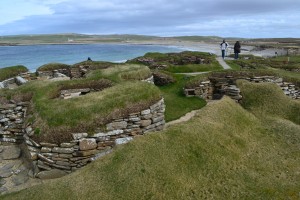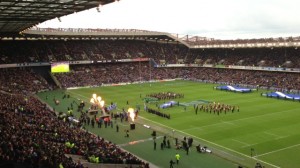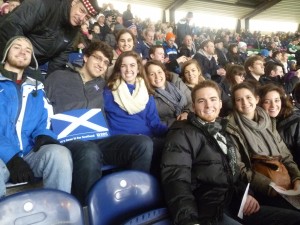Now that you have gotten a taste of what our first day in Orkney was like, come along with us as we “cover thousands of years of history in one day” (Yes, this was an actual quote from our sweet tour guide, Sue). As we boarded the coach early Saturday morning, we weren’t quite sure what to expect, but knew we were in for a fun and informative adventure. While we actually did manage to cover a lot of historical years before dinnertime, WordPress may explode under the weight of all the stories we heard and information we learned. Keeping this in mind, we have decided to highlight our favorite spots of the day and list the rest for you to explore on your own!
Our first stop of the day took us to Maeshowe, a large cairn that was created around 2,700 BC. We had a little look around the gift shop before heading over to what appears from the outside to simply be a huge, grassy mound. Once at the entrance – which happened to be one of the tinniest doors we have ever seen – we learned about the settlers who lived in Orkney thousands of years ago and about the way the Winter Solstice sunset shines directly through the opening, lighting the back of the cairn once a year. This seemingly magical happening is just one of the many “coincidental” alignments in the village (there are many other places where rocks and monuments form perfect lines of vision!). Once we all made the squatted walk into the opening in the mound, our wonderful guide talked about the ritualistic burials and mysteries in Maeshowe.
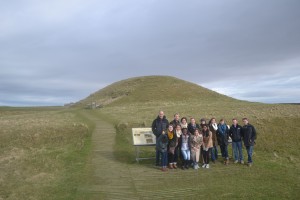
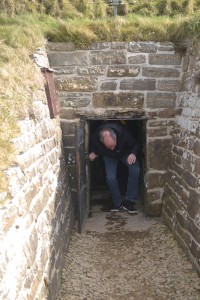
After a few more stops, we took time to explore the Ring of Brodgar, a true circle made of 27 stones. Although no one knows for sure when the ring was made, ask any local and they will tell you it is older than Stonehenge, but who’s counting? Just like the date, the original structure and use of the megalith stone circle is up for debate. As with another stone circle we visited, the area may have been used for celebrations involving food, drink, and music. Today, people of Orkney use the site as a place to walk and bring their dogs on a pretty day.


Take any Art History class at Furman, and one of the coolest places you will learn about is Skara Brae, one of the oldest and most intact settlements in the world. Excavated in the 1920’s, the settlement features 8 homes linked by covered walkways, most likely to be able to travel from home to home in the cold weather. The homes showcase original furniture and other objects that suggest certain things about the lifestyle of its inhabitants. There are clear spaces for sleeping, a dresser for food or highlighting pots and pans, and cutouts in the floor for storing fresh food and water. Being close to the ocean, it is now the fear of protectors of Skara Brae that portions of it will continue to be lost to the sea. They are now taking measures to protect the area as well as excavating a new area close by.
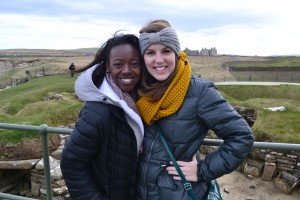
Our final stop of the day was the Italian Chapel, a place that was very surprising to us. From the outside front, the 1943 chapel looks like it is made of beautiful materials, meant to be an ornate chapel. When we went inside, however, we realized it was simply an old army hut, given to Italian soldiers in World War II as a place of worship. All of the painting inside, achieving the look of actual fancy architecture, was done by a POW named Domenico Chiocchetti. Just as it was cherished during the war, people of Orkney cherish the chapel today and are doing everything they can to preserve its unique beauty.
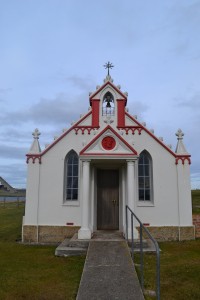

We hope you enjoyed touring Orkney via our pictures and stories and we wish we could have detailed every unique place we visited. As they say, however, once you get a little taste it will leave you wanting more. So, if you ever get the chance, we suggest you get out there, see the stones, eat the ice cream, feel the history, and make memories of your own!
Please explore the list below to see the other places we visited:
The Standing Stones o’ Stenness
– Arynn and Essence
